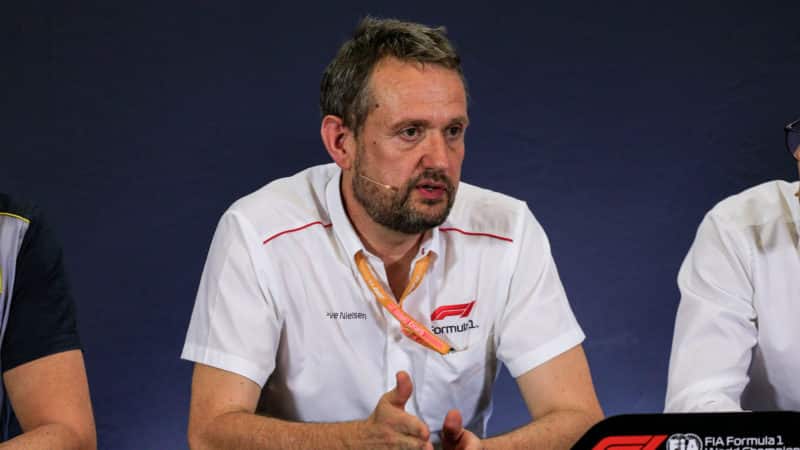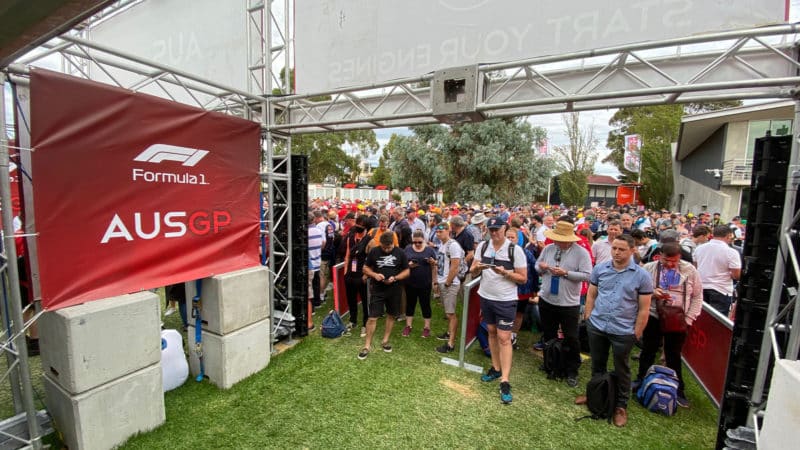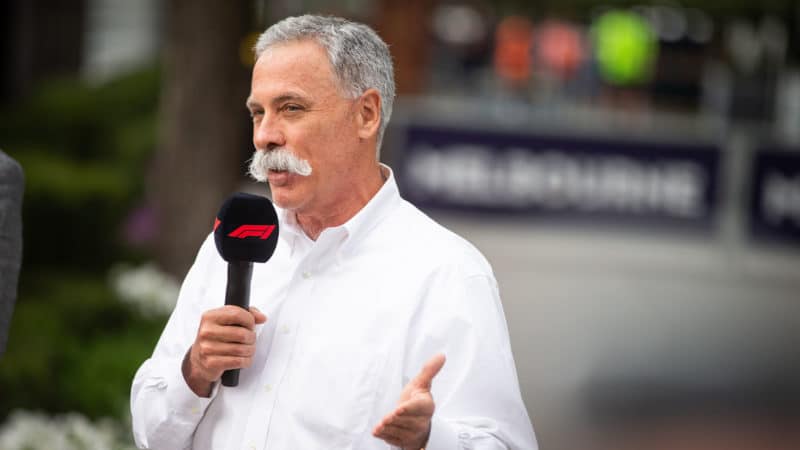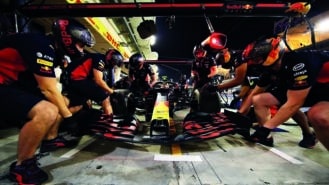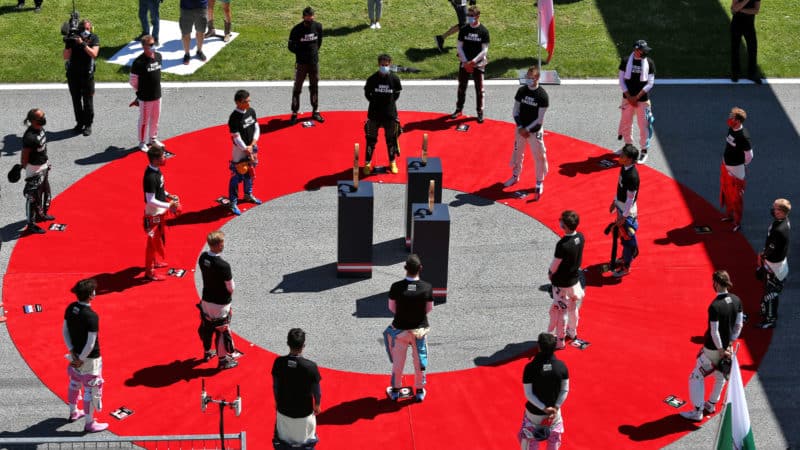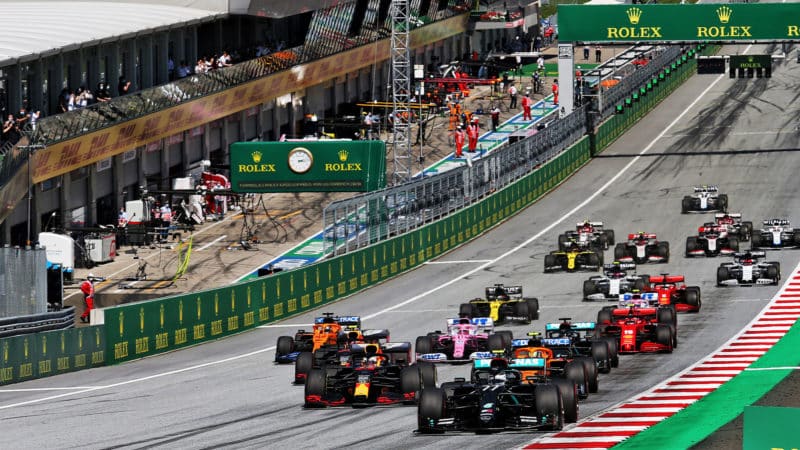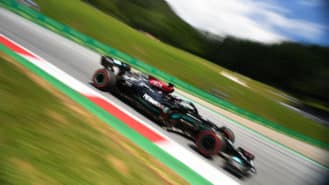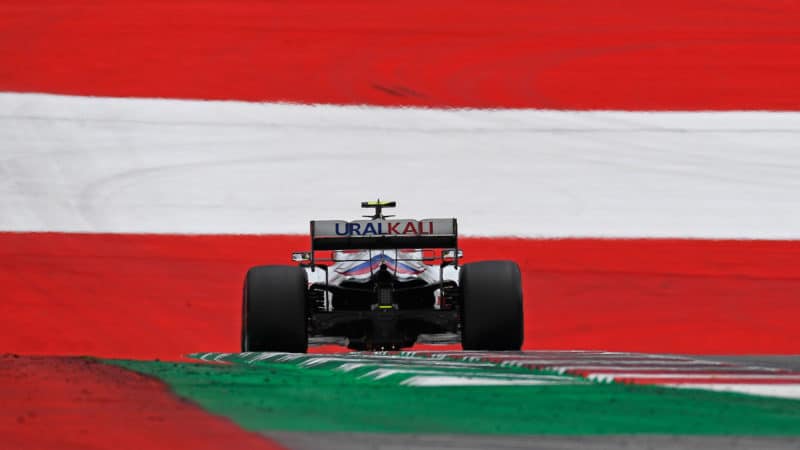“And you think there’s so much of what an international sport needs to do that is in conflict now with what the world’s trying to stop, international travel, social gatherings, all that stuff. And so you really think this is going to be like getting a square peg in a round hole.”
More and more races were cancelled in the first part of the season, and eventually teams shut up and shop and went into lockdown, awaiting further news. Around April/May, things looked very bleak.
“It was made clear very early that we were going to carry on in some way, shape or form, and so we should just start listing all the roadblocks, and try to find a way around them all. And that’s what we did. And on our side and the FIA side it started in earnest.
“And we just started thinking, how can we change this into what it needs to be now to survive in this environment? And how can we persuade governments that we are responsible, and able to pull this off sensibly, and not become some kind of international diseased colony that is leaving a trail of infections behind it?
“Because not only is the event you’re at important, but you don’t want to then trail it around to other events or leave a trail behind you. And that then began the conversation with the FIA.
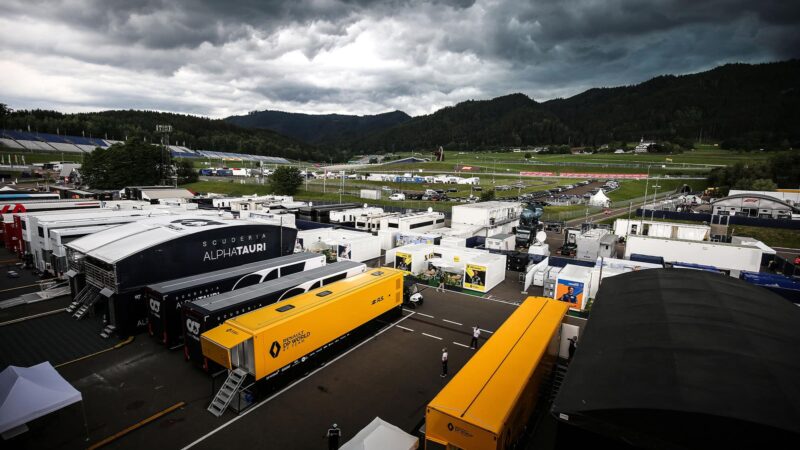
Though the future for F1 was still clouded with uncertainty, aspects of the Austrian GP pointed the way forward – including some paddock protocol
“I’ve been a motor sport guy all my life, and I started reading stuff about the last pandemic, and how that moved around, trying to kind of learn. With Spanish flu, the world was very different than, there were no flights, and it never got to Australia, because the ships had gone, you’d either survived or died from it.
“You start reading about all that stuff, and the waves, how it dies down, it comes back. You read about these people that are sort of pseudo doctors, they pretend to be medically qualified. And they’re actually not at all. I felt a bit like one of those! You’re speaking to a much wider group internally and externally about disease, and how it spreads and all this stuff.
“So it was quite a voyage of discovery, reading about all that stuff. But gradually we were able to arrive at something. We understood that testing was necessary, we understood that isolating a secure area was important. And that we would need to produce a document, a very comprehensive document, for the country we’re going to visit, their health authority, their government, to say, ‘This is how we will do it.’”
